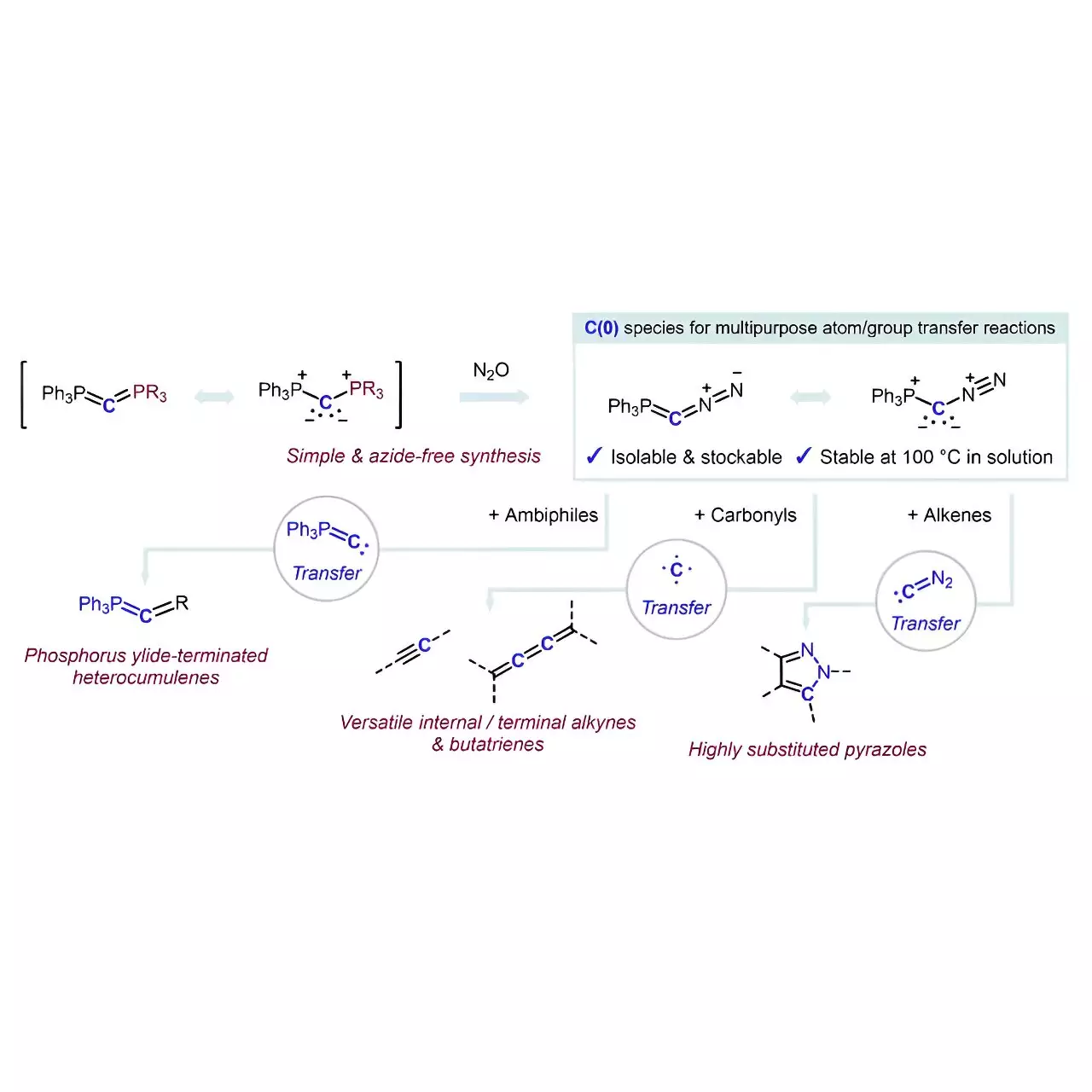In the dynamic world of organic chemistry, where precision and creativity converge, a noteworthy breakthrough has emerged. Led by Professor Max Martin Hansmann from the Department of Chemistry and Chemical Biology, a team has ingeniously developed a new reagent capable of the selective addition of carbon atoms to molecules. This innovative advancement, detailed in the prestigious journal Science, aims to simplify the intricate process of synthesizing pharmaceuticals. Central to this achievement is Dr. Taichi Koike, a talented postdoctoral researcher and Alexander von Humboldt Research Fellow whose work is foundational to this research.
The Challenge of Carbon Addition
Adding carbon atoms to molecular frameworks is not merely an academic pursuit; it is crucial for advancing pharmaceuticals and other complex organic compounds. Traditionally, achieving this with precision has posed considerable challenges. The ability to modify molecules at a single-atom level is a profound achievement that allows researchers to navigate through complex synthetic pathways more efficiently. Hansmann notes that the capacity for targeted molecular modification will revolutionize the landscape of organic syntheses, paving the way for innovative drug development.
Despite its significance, the path to creating effective carbon transfer reagents has been fraught with obstacles. Researchers often grapple with multistep processes and the need for hazardous materials, limiting the practicality and safety of their approaches. This makes the recent success of Professor Hansmann’s team all the more commendable.
The Innovative Reagent Design
At the core of Hansmann’s research is a reagent that not only acts as a source of carbon atoms but also functions as a versatile transfer agent. The team employed a groundbreaking strategy by stabilizing carbon atoms through coordination with two electron-donating groups. This results in a newly synthesized compound termed “carbones.” Unfortunately, the exploration of carbones as a reliable carbon source has remained largely untapped until now.
One innovative aspect of this development is the reagent’s construction, which cleverly avoids the use of more dangerous compounds often required in diazo chemistry, like azides. Instead, Hansmann’s team developed the crystalline and isolable reagent Ph3P=C=N2 through a straightforward formal exchange reaction, showcasing the elegance of their approach. Utilizing the reagent in various reactions opened up a plethora of new possibilities for carbon transfer.
Applications and Implications
The potential applications stemming from this reagent are extensive. Not only does it demonstrate remarkable selectivity when transferring carbon atoms, but it also showcases adaptability in its chemical interactions. For instance, reactions with symmetrical ambiphiles lead to phosphorus ylide-terminated heterocumulenes, while multi-substituted pyrazoles can be synthesized through the transfer processes involving alkenes.
These outcomes represent a significant leap in simplifying the production of complex organic molecules, enhancing efficiency and safety. Imagine the reduced timelines in pharmaceutical development, where each stage of synthesis is expedited through the use of this unique reagent. In a field where time is frequently of the essence, the ability to streamline the synthesis of compounds could have monumental impacts.
Future Perspectives in Organic Synthesis
With the insights gained from this research, the implications extend far beyond the laboratory. This work embodies the spirit of innovation that fuels the chemical sciences. The potential for further exploration of carbon transfer reactions could unlock doors to novel methodologies in organic synthesis.
Researchers like Professor Hansmann and Dr. Koike are paving the way for a new era in organic chemistry, identifying opportunities for developing advanced materials and therapeutics with unprecedented efficiency. As they continue to explore the reactivity of such reagents, we can anticipate additional contributions that will enhance our understanding and application of organic chemistry in real-world contexts.
Ultimately, this advancement is a testament to the power of collaborative research and innovative thinking, which holds promise not just for academic inquiry but for tangible benefits in healthcare and beyond.


Leave a Reply